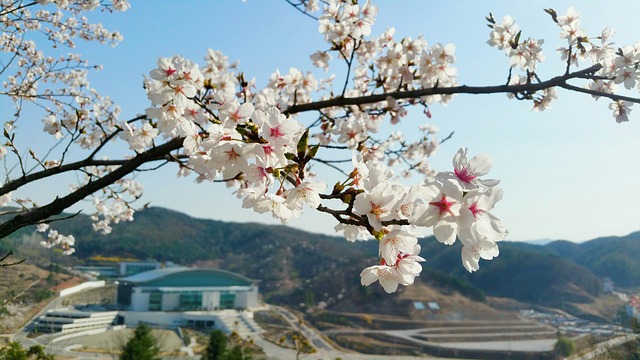When we think of mountain climbing, we often picture rugged peaks, daring climbers, and the harsh realities of the outdoors. Yet, the principles that guide a successful ascent are remarkably similar to those that underpin effective graphic design. Both disciplines demand preparation, a keen eye for detail, and the willingness to navigate unknown terrain while maintaining a clear vision of the goal. In this exploration, we’ll treat the act of scaling a mountain as a metaphor for the creative process, revealing how the art of mountain climbing can illuminate the steps of crafting compelling visual narratives.
Choosing the Right Summit: Defining Your Design Objective
Before a climber sets foot on the trail, they first decide which peak to tackle. This choice is guided by skill level, desired challenge, and the experience they hope to gain. In graphic design, the first decision is equally strategic: what message do we want to convey? What emotion should the audience feel? Establishing a clear objective at the outset is like selecting a mountain that matches your expertise and ambition.
- Identify the core purpose—inform, persuade, entertain.
- Assess the target audience’s expectations and needs.
- Set measurable outcomes—brand awareness, click‑through rates, engagement.
By aligning the design goal with the project’s broader context, designers can avoid unnecessary detours, just as a climber chooses a route that leads directly to the summit.
Planning the Route: Research and Ideation
Once the summit is chosen, climbers study maps, weather reports, and previous ascents to plot the safest and most efficient path. This phase of gathering knowledge is a direct parallel to research in design. Investigating competitors, current trends, and cultural references provides a foundation for original concepts.
“The most important step in a climb is to know the mountain before you even set foot on it.” – Anonymous
During ideation, designers sketch thumbnails, experiment with typography, and test color palettes, just as a climber tests gear and rehearses maneuvers before the first step.
Ascent Begins: Executing the Design Process
With a route charted, the ascent starts. A climber moves cautiously, checking footholds and adjusting footing with each step. Similarly, designers must iterate, refining each element of their composition. This phase is marked by:
- Drafting layout grids to establish structure.
- Choosing typography that balances readability with personality.
- Applying color theory to guide emotional response.
Like a climber adjusting to changing weather, designers respond to feedback, tweaking spacing, contrast, and hierarchy to keep the project moving forward.
Rescue Points: Feedback Loops and Collaboration
Every seasoned mountaineer knows that even the best solo ascents can benefit from a support team. In graphic design, collaboration with clients, copywriters, and developers functions as a safety rope—providing checkpoints that keep the vision on track.
Structured feedback sessions serve as anchor points, ensuring the design remains aligned with its original intent while accommodating new insights. By treating critique as an essential part of the climb rather than a distraction, designers cultivate resilience and adaptability.
Reaching the Summit: Finalizing the Design
The moment a climber reaches the peak is a culmination of preparation, perseverance, and precise execution. For designers, the summit is the polished, final product—ready for launch, print, or display. Finalization involves:
- Ensuring pixel perfection across devices.
- Optimizing file formats for performance.
- Documenting design decisions for future maintenance.
Celebrating the finish line is just as vital as the climb itself; it validates the time, effort, and creativity invested.
After the Summit: Reflection and Growth
Mountaineering is rarely a solitary endeavor. After an ascent, climbers gather to share stories, evaluate gear, and plan future expeditions. In design, reflection serves a similar purpose:
“The climb is over, but the learning never ends.” – Graphic Designer, 2023
Analyzing what worked—such as effective use of negative space—or what could improve—like a misaligned grid—helps refine the designer’s skill set, preparing them for the next creative challenge.
Beyond the Mountain: Continuous Exploration
Just as climbers might set their sights on a new range, designers should seek fresh inspirations. This ongoing pursuit ensures that the art of mountain climbing—metaphorically speaking—continues to inform and elevate design work.
- Attend workshops and design talks to stay abreast of evolving techniques.
- Experiment with emerging tools—AI‑generated graphics, immersive typography.
- Engage with interdisciplinary projects, merging art with technology or storytelling.
By viewing each new project as a distinct summit, designers keep their passion alive and their work dynamic.
Conclusion: Climbing the Design Mountain with Purpose
The art of mountain climbing offers a rich set of analogies for the design process—from meticulous planning and iterative execution to collaborative feedback and reflective growth. By internalizing these parallels, designers can approach their work with the same clarity and resilience that climbers bring to a challenging ascent. Every project becomes an expedition, every pixel a foothold, and every final release a triumphant view from the summit.




